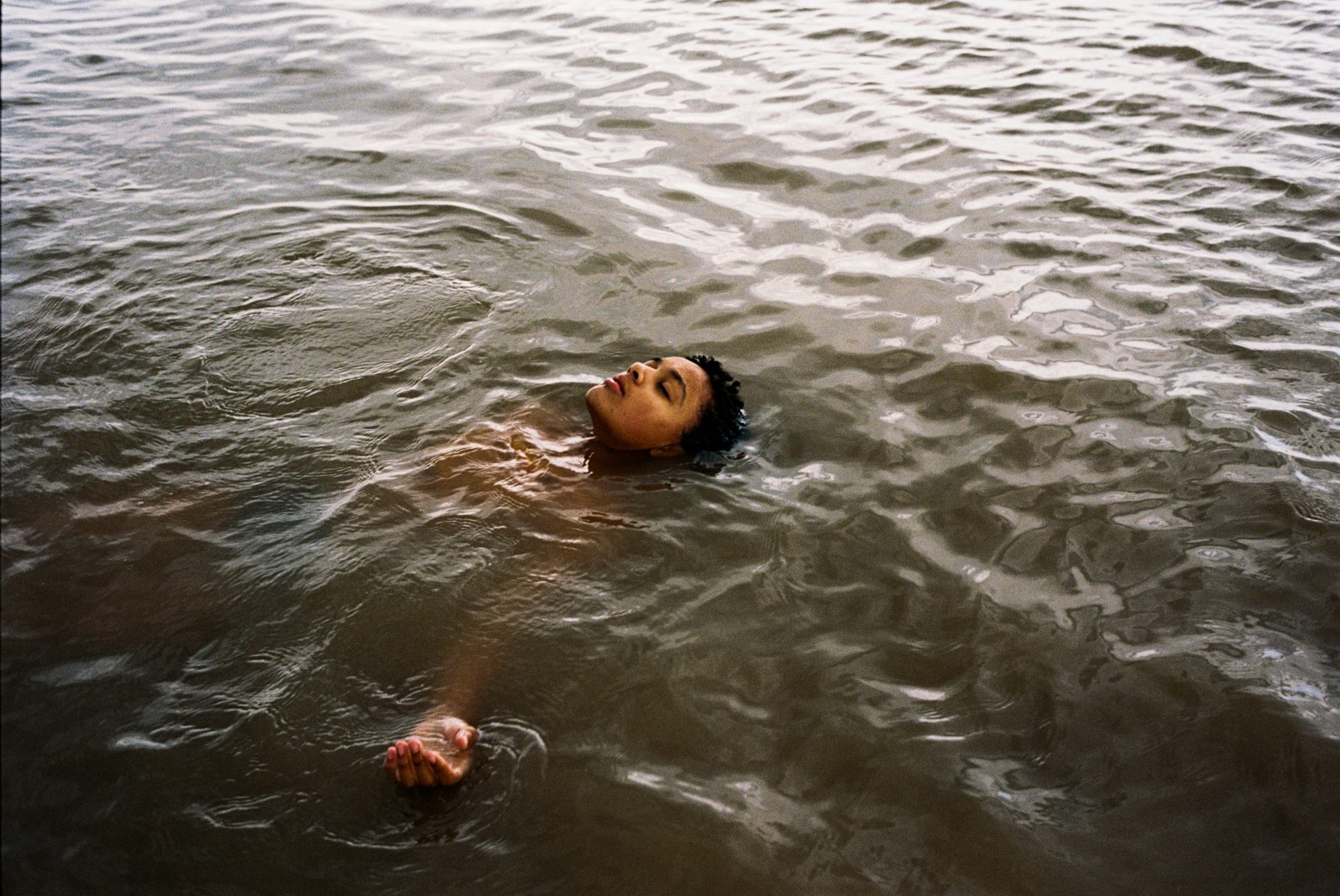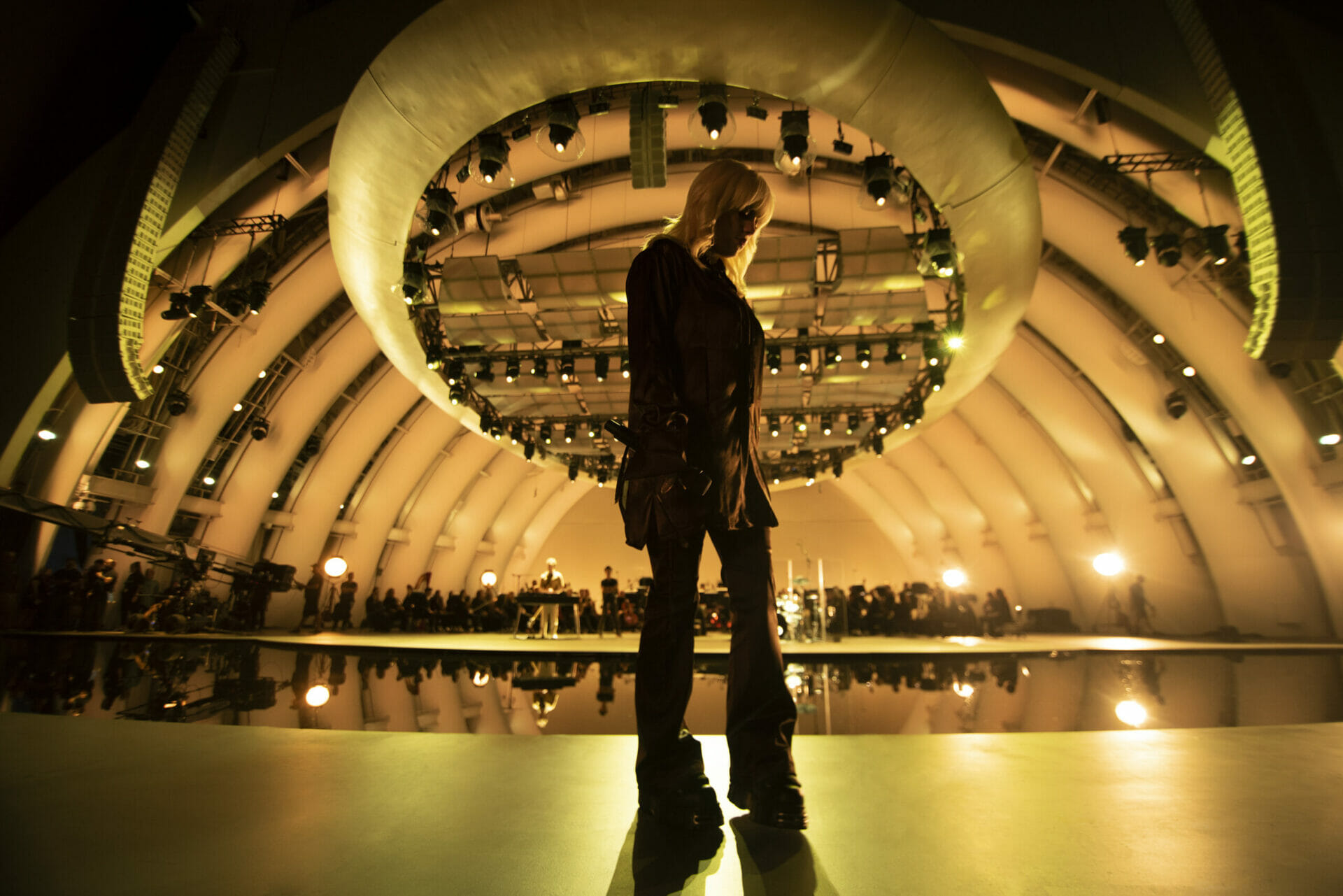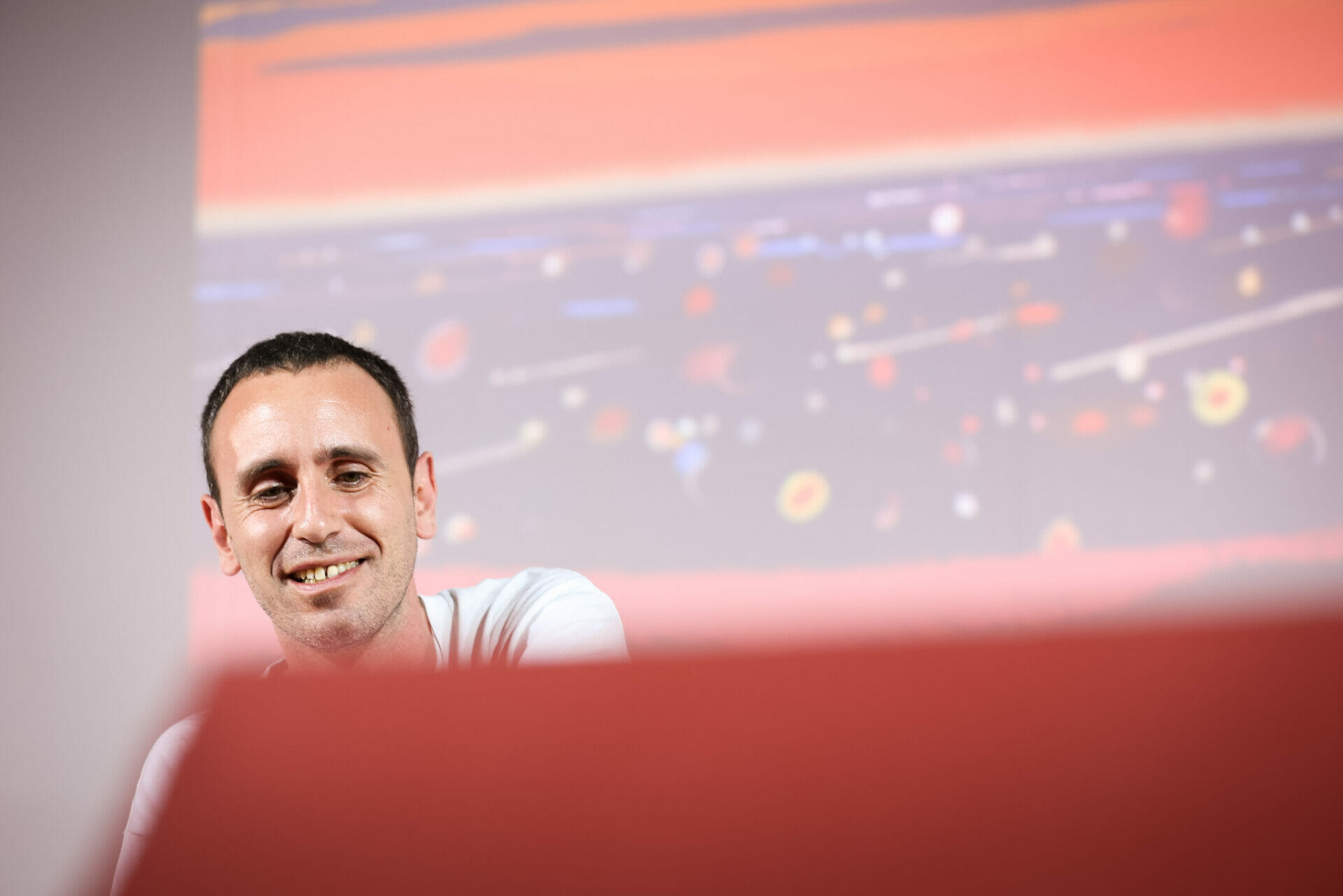
Cannes Film Festival | Bird, by Andrea Arnold, as a metaphor for freedom
Year
Runtime
Director
Writer
Cinematographer
Genre
By
Birds have always been, since time immemorial, a metaphor for freedom. Seeing them fly, whoever can perceive them as devoid of responsibility, as if freedom in a certain sense means escaping from life’s problems. In Bird, written and directed by Andrea Arnold and presented in competition at the Cannes Film Festival in 2024, it is instead shown how only by facing one’s dark sides is it possible to find true freedom.
Repressed Anger
Bailey (Nykyia Adams) is a twelve-year-old girl who lives with her father, Bug (Barry Keoghan), and her stepbrother Hunter (Jason Buda) in a dilapidated apartment on the outskirts of an English town. She is at the beginning of puberty and adolescence, with all the changes in body and character that entail for the spirit. She is restless and always angry. Bailey feels invisible: rejected first by her mother, who left her but took away her three siblings, and then by her father himself, when he announces that he wants to marry his girlfriend of three months and has her and her family move their toddler daughter into their home.
Bailey, therefore, seeks rebellion. She wants to be seen, perhaps by members of her stepbrother’s gang, who instead keep her at a distance as she is a kid herself. And then, in the moment of greatest loneliness, she is actually seen by Bird (Franz Rogowski,) a strange man in a skirt looking for his parents.
Nature as perfection
Bird asks Bailey for help and she decides to support him in his journey, but, in the end, Bailey herself is helped by the man, both on a family and personal level, helping her to understand what she really wants. Bailey learns that she cannot have the perfect life, that the road’s still long, but that if she wants to be seen, she must first see others.
Arnold uses animals as a metaphor for the characters’ state of mind, not sparing fantasy implications that could be almost excessive but which, in reality, integrate with the anxieties and strong and drastic emotions of a problematic twelve-year-old.
The birds have the main space, but they’re not the only ones present: insects, especially flies and butterflies, but also coyotes, dogs, and toads. And if Bird is a bird, Bailey a butterfly and a coyote, and Bug is a toad, in the end, as Bird himself says, attracting the protagonist’s attention for the first time:
It’s wonderful. The day.
He says it when they are immersed in a field uncontaminated except by some horses and a sudden Mary Poppins-like wind. Nature incorporates everyone, any type of animal, from birds to toads to humans, and together they live in an ecosystem that can survive on its own.
Arnold often uses extreme close-ups, tight shots, and attention to details of the surrounding environment – especially graffiti – which speak to the soul of the characters themselves. With her frenetic shots with a handheld camera, chasing the running characters, she conveys the idea of repressed anger and torment. It’s no coincidence that as the movie moves forward, these mechanisms are softened but not eliminated: the characters evolve, but they are still them, the result of the same matrix.
Family is what’s important
Bird is a film that overturns the public’s expectations with sudden and disarming plot twists. It is the educational journey of a little girl who understands that even her disastrous family can be beautiful. This is what attracts any type of public, young or not, high-class or not, or whether they love birds or not.
Tag
Buy a ☕ for Hypercritic









